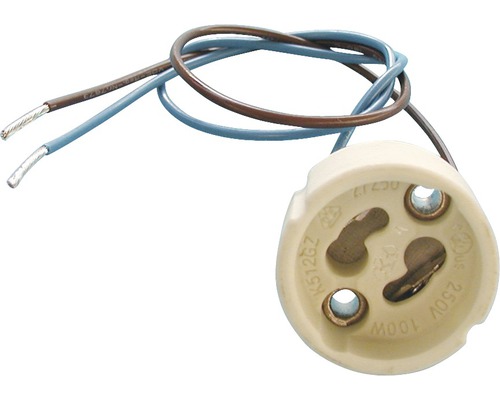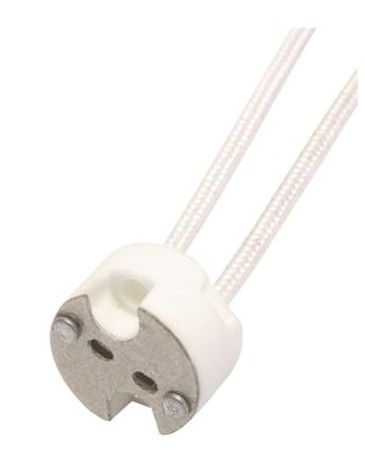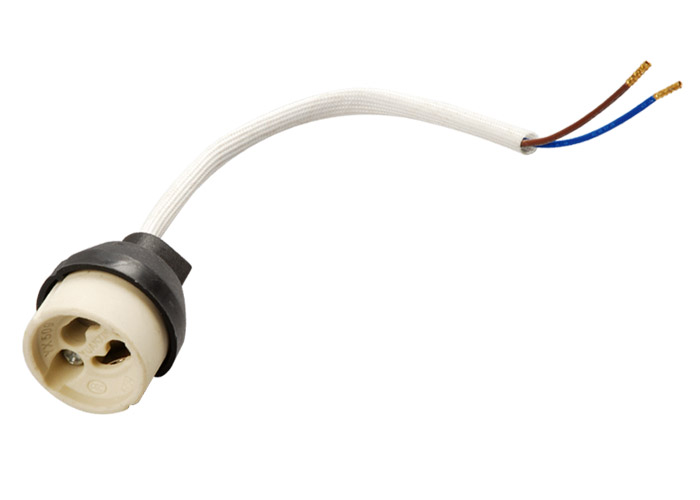Halogen bulbs are a variation on incandescent bulb technology. There are definite advantages and disadvantages to halogen lighting, and factors to consider for the use of halogen bulbs in residential lighting.
Halogen-IR(TM) is a halogen bulb with multiple thin layers of a special coating on the outside of the glass bulb. By carefully controlling the thickness of the layers, a selective filter results that is transparent to visible light but reflects infrared light. The infrared light that normally would escape as heat is reflected back onto the. Halogen lights have been the preferred light source as a replacement for incandescent lamps for a long time. The main advantage of halogen lamps was their increased efficiency. A halogen lamp consumes around 20% less energy than an incandescent lamp within the same brightness. The lifespan of a halogen lamp vs. Incandescent lamp has also doubled.
One of the things that shorten an incandescent bulb's life is that the tungsten within the bulb evaporates.
If a trace amount of a halogen gas (such methyl bromide) is added inside the bulb, a chemical reaction takes place which removes the tungsten from the wall of the glass and deposits it back onto the filament, extending the life of the bulb.
In order for that beneficial chemical reaction to take place, the filament needs to be hotter than for incandescent bulbs.
The good news is that a hotter filament produces a whiter light and is more efficient (more lumens per watt). The bad news is that a hotter filament means that the tungsten is evaporating faster, so a denser, more expensive fill gas (krypton) and a higher pressure are used to slow down the evaporation. A higher fill pressure will break a bulb made of soft glass, so a hard glass is used.

Costs rise when moving to a harder glass, so typically the glass envelope is made much smaller. A smaller glass envelope around a hotter filament results in a glass envelope that will get much hotter.
For a consumer considering a halogen bulb for indoor residential use, the high temperature of halogen bulbs deserves serious respect.
In this author's opinion, the benefits do not outweigh the danger. I would consider a ceiling-hung halogen chandelier, but I will not use a freestanding halogen lamp inside of my home. If a freestanding halogen lamp fell over, or, if a freestanding lamp fixture is placed close to curtains or other flammables, a fire could result.

Don't Touch!
When replacing any halogen bulb, do not touch the glass envelope. The salts in your skin oils penetrate and weaken the glass. The bulb not only has a shorter life, but when the bulb dies the filament doesn't merely burn out, but rather the bulb envelope shatters. The light bulb industry calls it a 'non-passive failure.'
Xenon-Halogen
Some newer halogen bulbs use expensive xenon instead of argon or krypton as the fill gas to improve the performance of the bulb. Some people call these new bulbs 'xenon bulbs', but other light bulb technologies also use xenon, so the name 'xenon bulb' is confusing. 'Xenon-halogen' would be a more precise term.
Halogen-IR(TM)
Halogen-IR(TM) is a halogen bulb with multiple thin layers of a special coating on the outside of the glass bulb. By carefully controlling the thickness of the layers, a selective filter results that is transparent to visible light but reflects infrared light. The infrared light that normally would escape as heat is reflected back onto the filament. Thus the filament is warmed by heat that would have escaped into the lamp's surroundings, which makes the bulb more efficient.

The most widespread use of the technology is in outdoor flood lamps. A 60 Watt H-IR(TM) can produce output similar to a 120 Watt standard incandescent or a 90 Watt standard halogen.
In Summary:

Costs rise when moving to a harder glass, so typically the glass envelope is made much smaller. A smaller glass envelope around a hotter filament results in a glass envelope that will get much hotter.
For a consumer considering a halogen bulb for indoor residential use, the high temperature of halogen bulbs deserves serious respect.
In this author's opinion, the benefits do not outweigh the danger. I would consider a ceiling-hung halogen chandelier, but I will not use a freestanding halogen lamp inside of my home. If a freestanding halogen lamp fell over, or, if a freestanding lamp fixture is placed close to curtains or other flammables, a fire could result.
Don't Touch!
When replacing any halogen bulb, do not touch the glass envelope. The salts in your skin oils penetrate and weaken the glass. The bulb not only has a shorter life, but when the bulb dies the filament doesn't merely burn out, but rather the bulb envelope shatters. The light bulb industry calls it a 'non-passive failure.'
Xenon-Halogen
Some newer halogen bulbs use expensive xenon instead of argon or krypton as the fill gas to improve the performance of the bulb. Some people call these new bulbs 'xenon bulbs', but other light bulb technologies also use xenon, so the name 'xenon bulb' is confusing. 'Xenon-halogen' would be a more precise term.
Halogen-IR(TM)
Halogen-IR(TM) is a halogen bulb with multiple thin layers of a special coating on the outside of the glass bulb. By carefully controlling the thickness of the layers, a selective filter results that is transparent to visible light but reflects infrared light. The infrared light that normally would escape as heat is reflected back onto the filament. Thus the filament is warmed by heat that would have escaped into the lamp's surroundings, which makes the bulb more efficient.
The most widespread use of the technology is in outdoor flood lamps. A 60 Watt H-IR(TM) can produce output similar to a 120 Watt standard incandescent or a 90 Watt standard halogen.
In Summary:
Advantages: Longer life, high light output, greater efficiency, compact size, whiter, brighter light with less blackening, dimmable
Disadvantages: More expensive than incandescent, higher heat output could result in risk of fire
Applications: Interior, interior recessed, track lighting, exterior floodlights and security lighting
———————————————————————————–
Thanks to our guest lighting expert – Lance Kaczorowski, who brings a wealth of expertise to the site:
Halogen Fassung Gu10
Thanks to our guest lighting expert – Lance Kaczorowski,who brings a wealth of expertise to the site:
Kaczorowski, a native of New York City, now resides in Fort Wayne, IN. Kaczorowski has a 4-year degree in Mechanical Engineering from the University of Texas at Austin, and also a 2-year degree in Electronics Engineering Technology from the Community College of the Air Force. Kaczorowski's broad work history includes (chronologically): Three years as a Mercedes-Benz mechanic; six years as an electronics technician with the Air Force; three years as a new product development engineer with General Electric Lighting in Cleveland; seven years as a new product development engineer and an engineering analyst with Grote Industries in Madison, IN; and currently as an engineering analyst with International Truck and Engine Corporation in Fort Wayne.
Halogen Fassungen Typen
The first two years of Kaczorowski's employment with General Electric consisted of extensive training in light source sciences and engineering under GE's Edison Engineering Program. Kaczorowski's experience with lighting was broadened at Grote Industries, which is a supplier of vehicle lighting for heavy duty trucks.
No related posts.
